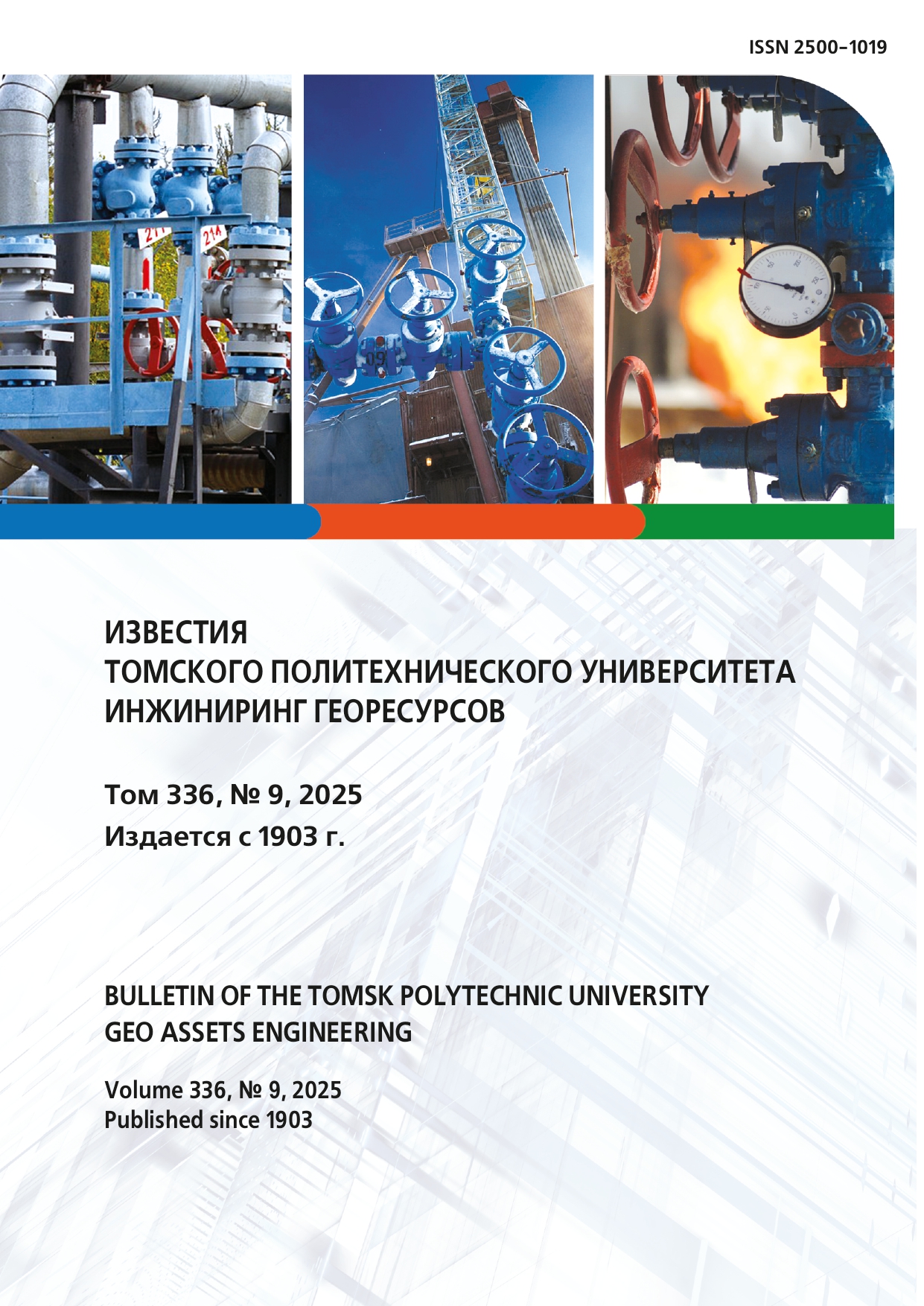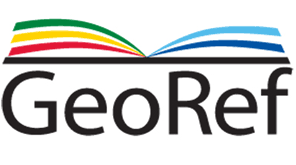Том 334 № 7 (2023)
DOI https://doi.org/10.18799/24131830/2023/7/4035
ОСОБЕННОСТИ СТРОЕНИЯ И ХАРАКТЕР ЗАГРЯЗНЕНИЯ ВЕРХНЕЙ ЧАСТИ РАЗРЕЗА НЕФТЕХРАНИЛИЩ В ДОЛИНЕ РЕКИ ВОЛГИ
Ссылка для цитирования: Мингалева Т.А., Шакуро С.В., Егоров А.С. Особенности строения и характер загрязнения верхней части разреза нефтехранилищ в долине реки Волги // Известия Томского политехнического университета. Инжиниринг георесурсов. – 2023. – Т. 334. – № 7. – С. 137-147.
Актуальность исследования обусловлена тем, что загрязнение грунтов нефтепродуктами имеет сложный динамичный характер в пространственно-временной области. Поэтому физические свойства грунтов при решении геофизических задач по оконтуриванию и определению мощности загрязнения могут под действием различных факторов меняться, расширяя круг поисковых признаков загрязнения. Определение физических параметров для участков, загрязненных нефтепродуктами, может помочь в дальнейшей эффективной параметризации углеводородного загрязнения в схожих геологических условиях. Цель: обоснование построения обобщенной модели с указанием физических свойств грунтов территорий нефтебаз длительной эксплуатации (удельным электрическим сопротивлением, продольными и поперечными скоростями) для использования данных в последующих работах по рекультивации или повторном извлечении продукта. Методы: анализ литературных источников по теме исследования; обработка и интерпретация полевого геофизического материала для нефтебаз, расположенных на берегу реки Волги; построение обобщенной модели с описанием физических характеристик грунтов по результатам геофизических исследований. Результаты. Выполненные исследования характера загрязнения грунтов двух нефтебаз в районе реки Волги с привлечением материалов, опубликованных в отечественной и зарубежной литературе, позволили обосновать параметры обобщенной физико-геологической модели загрязнения грунтов нефтебаз. В общем случае распределение ареалов загрязнения подчиняется особенностям геологического строения и гидрогеологического режима рассматриваемых площадей и включает пять зон (верхний ареал, ареал загрязнения над безнапорным горизонтом, ареал просачивания в гидрогеологическом окне, ареал загрязнения грунтовых вод, зона вторичного накопления). Эта модель может использоваться для прогнозирования характера загрязнения резервуарных парков, сливно-наливных пунктов, ремонтных мастерских автомашин, моечных площадок и автозаправочных станций, расположенных вблизи речных и озерных бассейнов. Модель распределения нефтепродуктов в грунтах будет иметь сложный характер, что также будет выражаться в геофизических разрезах.
Ключевые слова:
Легкие нефтепродукты, моделирование загрязнения нефтепродуктами, электроразведка, сейсморазведка, нефтебазы





